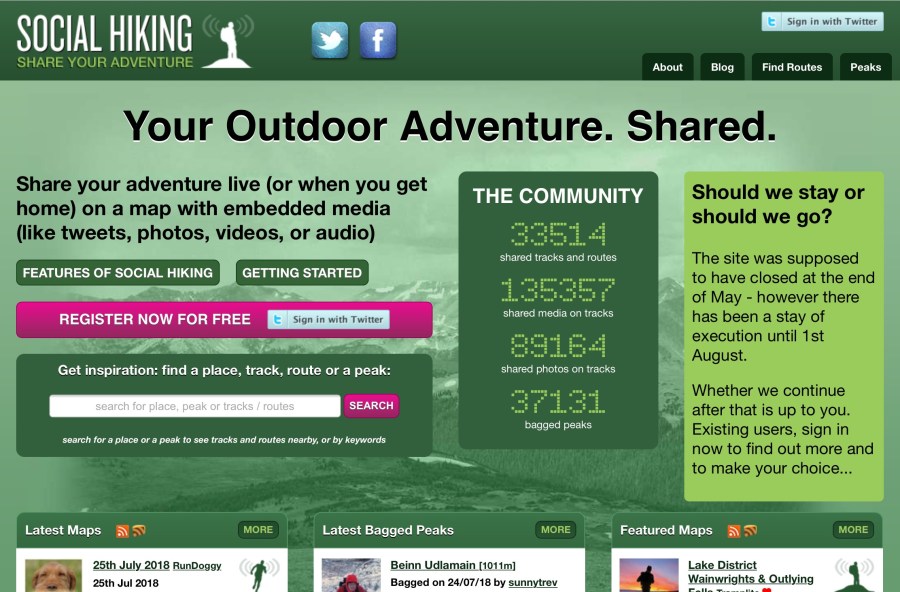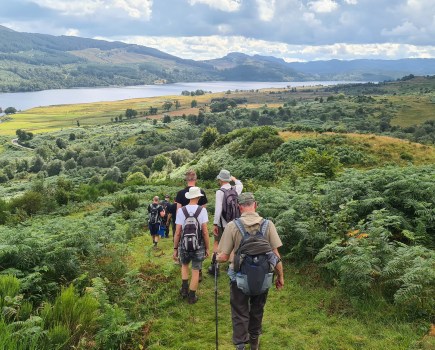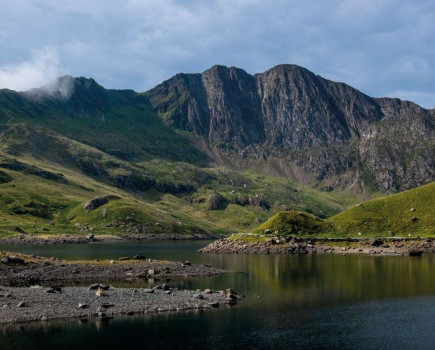Social Hiking – a unique service for sharing walks in real time on a live OS map – was due to close, but may just have been given a stay of execution. We spoke to developer Phil Sorrell to find out more
If you’ve participated in the TGO Challenge, or followed the adventures of others taking part, chances are you’ll have heard of Social Hiking. It’s a web service that allows walkers and backpackers to send position updates from the trail, and this data is shown on a live OS map for anyone to follow over the internet. While a few other digital mapping solutions approach its functionality in some areas, nothing else available today offers the same exact combination of features. For example, Social Hiking enables viewers to see the progress of all TGO Challengers who are using the service on a single map.
For these reasons and more, Social Hiking users tend to be passionate devotees. But it’s always been a free service with voluntary payment, and in late 2017 owner and developer Phil Sorrell announced in a blog post that he was no longer able to continue supporting the site, and that it would subsequently close after 2018’s TGO Challenge in late May. This date was later pushed back to August 1.
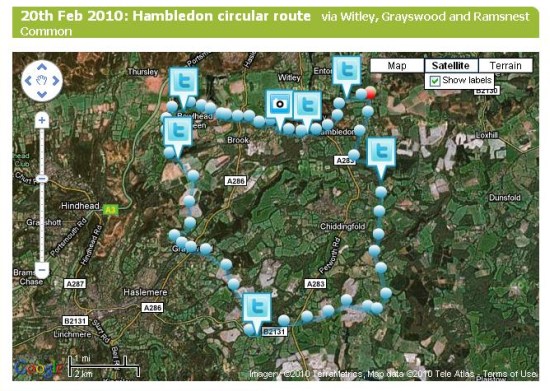
We’re now in late July, and Social Hiking may have been given a stay of execution. On July 22 it was announced that existing users would be given the opportunity to support the site with a paid subscription, and that free membership would no longer be an option. If enough users subscribe, Social Hiking will continue to exist beyond August 1 – and Phil will be able to justify investing more time and money into the site.
Our take? Developing a complex service such as this consumes a lot of time and resources. The service offers considerable value for a certain type of user. This is a positive development and it’s our hope that it will enable Social Hiking to flourish well into the future – because software that is supported financially can survive and grow.
How will the subscription work?
Initially, there will be several subscription tiers:
- Retainer subscription (£12/year) – this keeps your account active with your public maps and peak-bagging data, but you cannot create any new maps.
- Full subscription (£40/year or £4/month) – this gives you access to the site’s full functionality.
- Occasional users can have a retainer subscription and then pay for a full subscription monthly as and when required, for example when participating in the annual TGO Challenge.
- Official supporters are subscribers who can pay a little extra a year, at least £10. In exchange they’ll receive a limited-edition iron-on rucksack badge, credit on the site in the form of a supporter icon, priority for imports and map updates, first access to new features, and perhaps extras further down the line.
“The details might get tweaked slightly,” Phil told us, “but the subscription model provides a good basis to allow the site to keep running for the foreseeable future.”
What about new users? Currently, Social Hiking is focusing on existing users who are already using the site. “That said,” Phil added, “if anyone is keep to sign up and get in touch before August 1, then it is not a problem to sneak them in.”
The inside story
We chatted with Phil about how he got to this point and why he made the decision to introduce paid subscription for Social Hiking.
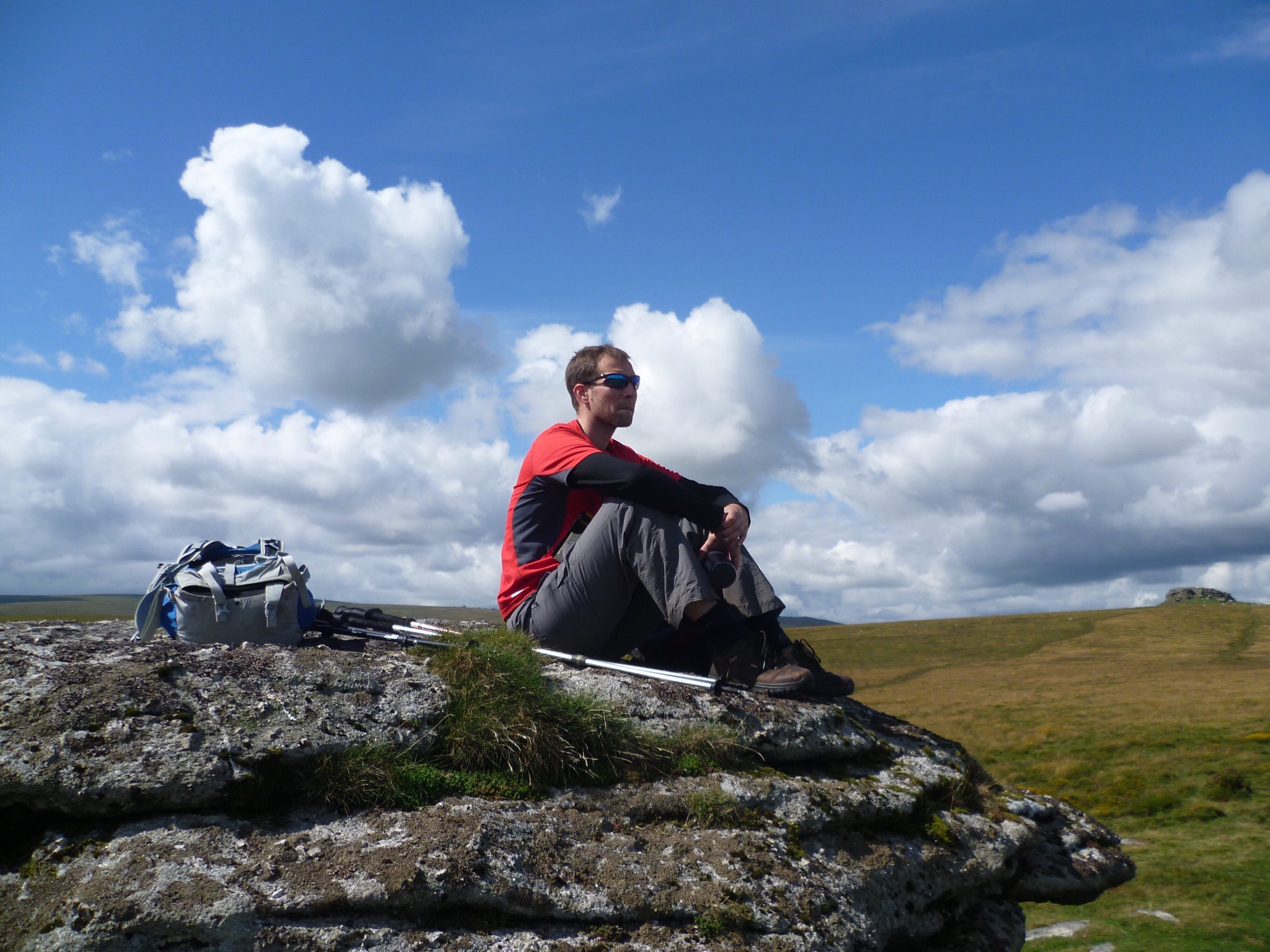
Phil Sorrell
Please introduce yourself. Who are you and what do you do?
“I am Phil Sorrell, the creator of Social Hiking, an outdoor swimmer and Dartmor Tor sitter, an idle outdoor blogger and one-time TGO Personality of the Year nominee (I probably came last!). In my day job I work in a small company providing web services to housing associations.”
Social Hiking has found a niche amongst British backpackers who like to share their adventures online, especially TGO Challengers. What does Social Hiking offer that other services don’t, and how do members use it?
“Social Hiking has some great advantages over other services, and in combination it’s still the best at what it does. Live maps are great to follow as the route unfolds, it supports OS maps that are visible to all, map curation (for example collating maps from a section hike, the TGO Challenge group maps, or large epic-scale maps) and the automatic peak-bagging feature.
“The other factor is that Social Hiking is one of the only services where users of different hardware and software tracking gadgets are in the same place. This, along with Social Hiking’s integrations with social media, has meant that an active community quickly formed. The site brings people together – whether it’s someone sharing a short walk around their local wood, a two-day wild camp on a fell, or cycling around the world, they are sharing it together in the same place.
“The site is used to share day hikes, weekend camps, long-distance trails, personal challenges, DofE, charity hikes and bigger adventures. We have also provided a group map for some of the TGO Challengers for the last few years. It is not just hiking – the site has been used for cycling, running, driving tours, skiing holidays, and even flying.”
Why have you made the decision to introduce a paid subscription for Social Hiking?
“There was never much of a plan to start with – it was a fun personal project that quickly grew from being a site I ‘knocked up’ to share my hike of Offa’s Dyke in 2010 to becoming a busy service with users and hosting bills. I considered various options for generating money over the years. I tried advertising briefly (too distracting from the maps), rejected selling user data, and I prefer the idea of crowd-sourcing routes rather than selling them. I also wasted a lot of time working on the dream of investment – with hindsight the site is too niche (and I would have hated it!).
“After a few years, a friend suggested asking users to voluntarily pay to become supporters. These supporters (to whom I am exceeding grateful) have been the lifeline for the site since – they have been the only income the site has ever had!
“Behind the scenes things were tricky. I was a freelance web developer at the time and, whilst it was not noticeable, I spent far too much work time on Social Hiking. My income dropped significantly which, due to some bad decisions, led to debts. This meant I only had time to do short bursts of unplanned development to the site – adding new shiny functionality (and code) over older code. This adds something called ‘technical debt’ – essentially it takes longer and longer to make changes as you pay interest on that debt. Eventually, every small change seemed like a mountain and development ground to a halt, limited to just occasional fixes.
“To build the future of Social Hiking I need to ensure that, at a minimum, the base costs are covered”
“I was also diagnosed with Multiple Sclerosis the year the site went live. MS gives me fatigue. Not the crippling fatigue many people with MS get, but enough that I have limited hours outside work for anything that requires significant concentration (like coding).
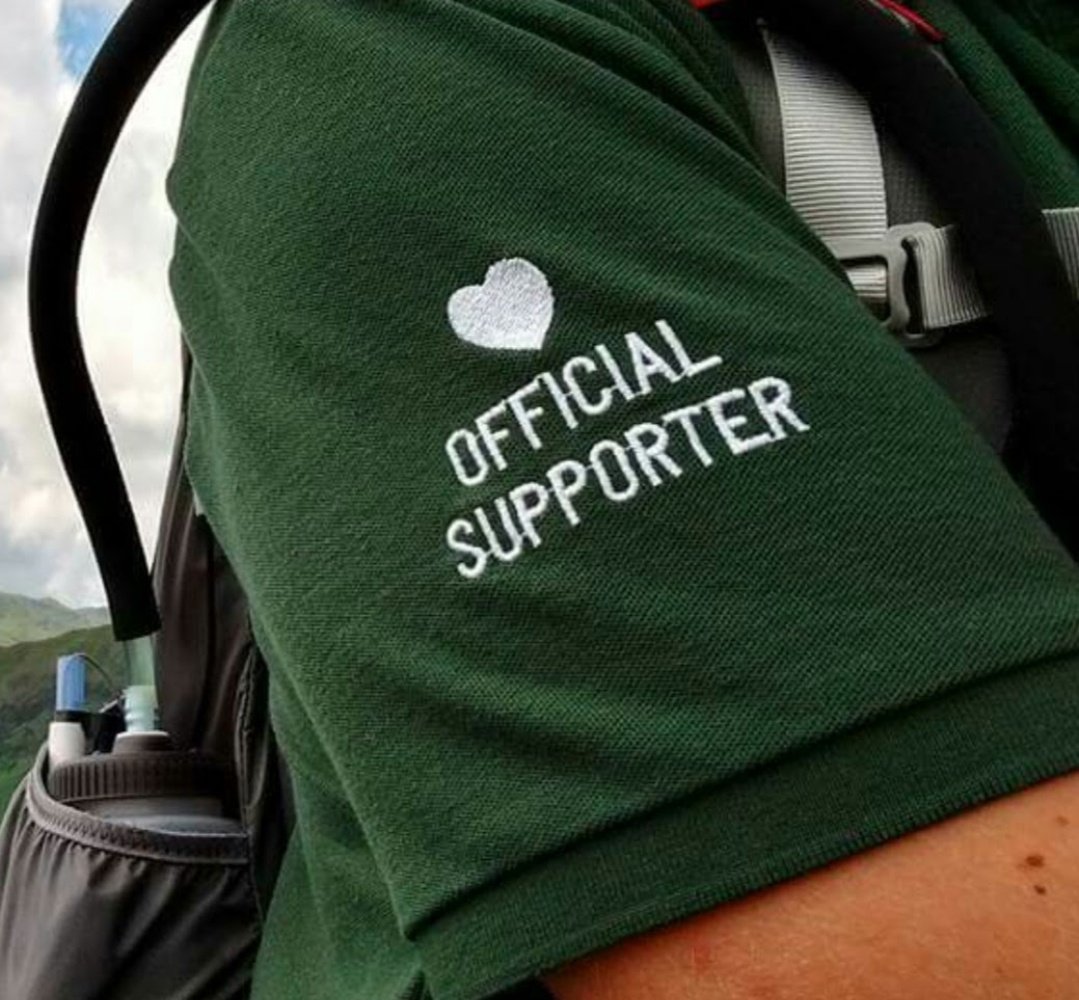
Official supporters get a few extra perks! Image by @dribelad
“The decision to close the site earlier this year was essentially triggered by a feeling of despondence – the site needed at least a partial rebuild, and therefore needed funding, and I did not feel there was enough interest in Social Hiking any more to support that. It felt like it had had its day, that social media and the web had moved on and that it was no longer relevant. It felt like the right time to cut loose the costs (both financial and emotional) – I was done. I felt relief when I announced the site was closing.
“However, the week the site was due to close, I had an interesting discussion with a user about how they use the site and a potential opportunity related, but different, to Social Hiking. It may come to nothing, but it triggered a feeling of excitement and planted the seed that perhaps there was a future for Social Hiking. That seed is now a seedling!
“To build the future of Social Hiking I need to ensure that, at a minimum, the base costs are covered. Our supporters have voluntarily paid these costs on behalf of all users previously, but to be sustainable longer term all users need to contribute. This is why we have moved to a subscription model. I have tried to keep the price as low as possible; after all, Social Hiking is a service to help people share their enjoyment of the outdoors and I am not expecting to earn a living from it! Also with a smaller number of active and engaged users (who are paying for a service) there can be better focus on providing a great service that users want.”
How has the response been so far?
“The response has been beyond my expectations – with only a few tweets, we had half of the minimum number of users required pledged to subscribe within 24 hours. The enthusiasm and encouragement that people have shown highlights that Social Hiking has a promising future.”
How do you hope the new subscription service will help the service grow over the coming years? Any plans for improvements and new features you can share with us?
“Initially there will need to be some work done to stabilise the site – clearing out non-subscribers from the database, fixing a few bugs and removing old unrequired code. I then need to implement the new subscription service.
“The first project to tackle is to make all the pages work better on mobile devices, particularly the map page. After that I will engage with the subscribers and supporters to find out their priorities for changes and new features.
“The ultimate aim will be to grow the number of subscribed users – the more paying subscribers the site has, then the more that can be done to keep improving the site!”
Many thanks to Phil Sorrell for this interesting behind-the-scenes look at Social Hiking and its future. If you use the site and would like to see it continue, we urge you to sign in to your account and subscribe.
shareyouradventure.com

